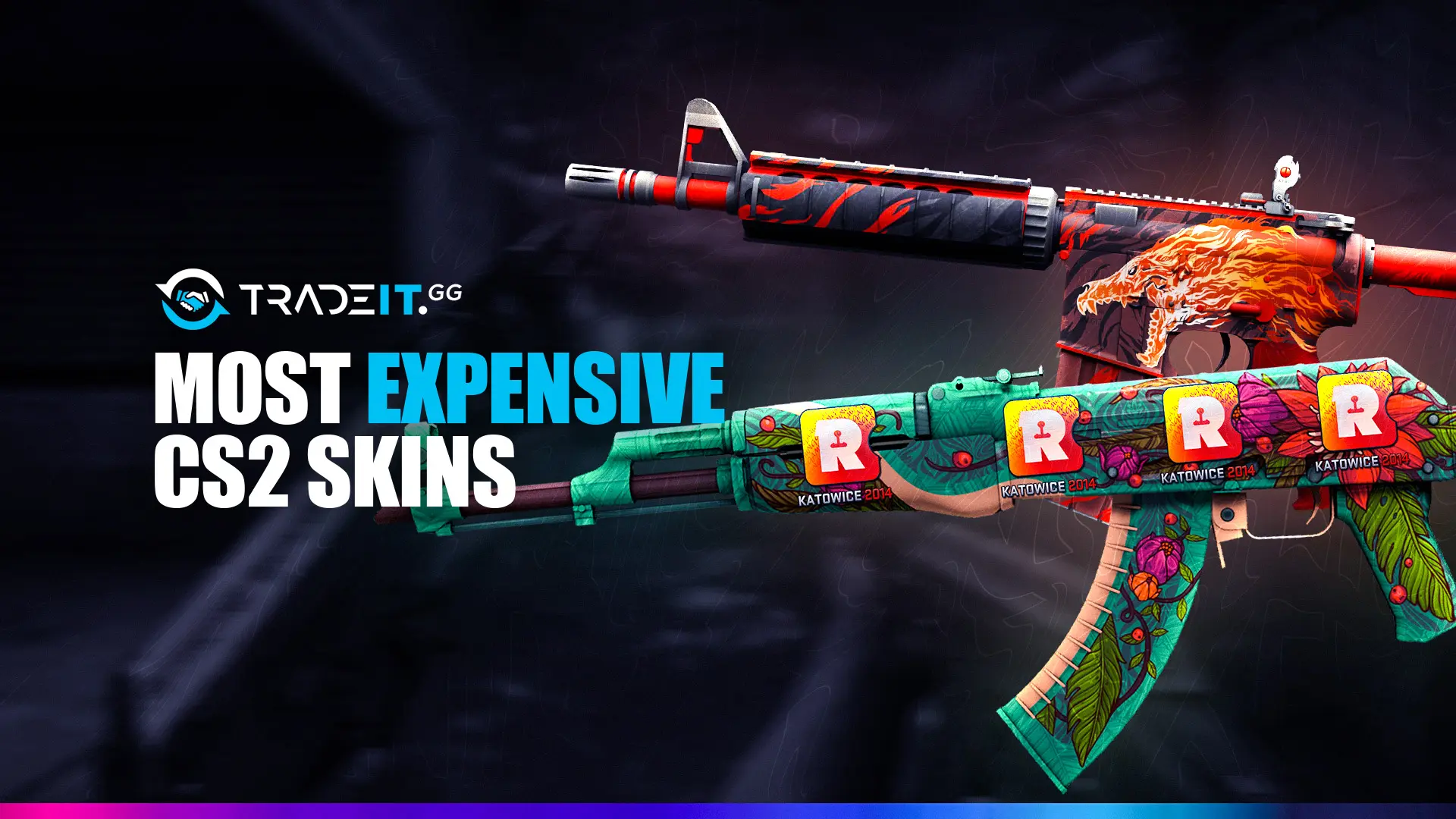Beyond The Headlines
Stay updated with the latest news and insights from around the world.
Beyond Aesthetics: Why CS2 Skins Are Today's Digital Collectibles
Discover why CS2 skins have become the hottest digital collectibles, blending art, value, and community in ways you never imagined!
The Evolution of Digital Collectibles: How CS2 Skins Fit into the Future of Digital Assets
The world of digital collectibles has undergone significant transformation over the years, moving from simple in-game items to the intricate ecosystem of non-fungible tokens (NFTs). Among these collectibles, the skins from Counter-Strike 2 (CS2) represent a fascinating intersection of gaming culture and digital ownership. These CS2 skins not only enhance player aesthetics but also serve as a medium for significant economic transactions. Players can buy, sell, and trade these skins, creating a marketplace that mirrors traditional art and collectibles, thus underscoring the shift towards viewing digital assets as legitimate investments.
As we look towards the future, CS2 skins are poised to play a pivotal role in the evolution of digital assets. With the rise of blockchain technology, which ensures authenticity and provenance, the potential for digital collectibles becomes even more pronounced. Players can now own a verifiable piece of their favorite game, potentially increasing the value of rare skins over time. This paradigm shift also invites greater engagement from collectors and investors alike, ushering in a new era where digital assets become intertwined with financial strategies, further blurring the lines between gaming and investment.

Counter-Strike is a popular multiplayer first-person shooter game franchise, known for its competitive gameplay and tactical team-based mechanics. Players engage in intense matches where they can purchase weapons and equipment using in-game currency earned by completing objectives. A significant feature in the game is the CS2 Stash Box, which offers players unique skins and items to enhance their gaming experience.
From Pixels to Possessions: Understanding the Value of CS2 Skins in the Gaming Community
In the vibrant realm of online gaming, the value of CS2 skins has transcended mere aesthetics to become a significant aspect of the gaming economy. Players are not only drawn to the visual appeal of these skins but also to their tangible worth in real-world transactions. The phenomenon of trading and purchasing skins has evolved into a robust marketplace, where limited editions and unique designs can fetch high prices. This surge in value is fueled by factors such as scarcity, demand, and the community's perception of a particular skin's desirability.
Understanding the worth of CS2 skins involves recognizing the role they play in player identity and status within the gaming community. Many gamers invest substantial time and money into acquiring these virtual possessions, which serve as both a form of expression and a symbol of achievement. As more players engage in this vibrant economy, the line between digital and physical ownership continues to blur, emphasizing the need for a deeper appreciation of what these skins represent. The evolution from pixels on a screen to valued possessions reflects a broader trend in digital culture, where virtual items are increasingly treated as assets.
Are CS2 Skins the New Age of Collectibles? Exploring Their Appeal and Investment Potential
As the gaming landscape continues to evolve, CS2 skins are emerging as a novel category of collectibles, captivating not only gamers but also investors alike. These digital items, which players can acquire, trade, and showcase, possess unique designs and varying levels of rarity. The appeal of these skins lies in their aesthetic value and the sense of prestige that comes with owning rare pieces. In an era where virtual goods can offer real-world value, it's no surprise that many are beginning to see CS2 skins as a viable investment opportunity.
The potential for appreciation in value is another critical aspect driving interest in CS2 skins. Just as traditional collectibles like stamps or baseball cards can significantly increase in worth over time, certain skins have already demonstrated substantial price growth in secondary markets. Gamers and investors are increasingly leveraging platforms where they can buy, sell, and trade these skins, creating a dynamic marketplace. As this trend continues, understanding the factors that contribute to the value of these digital artifacts will be essential for potential collectors looking to navigate this emerging investment landscape.